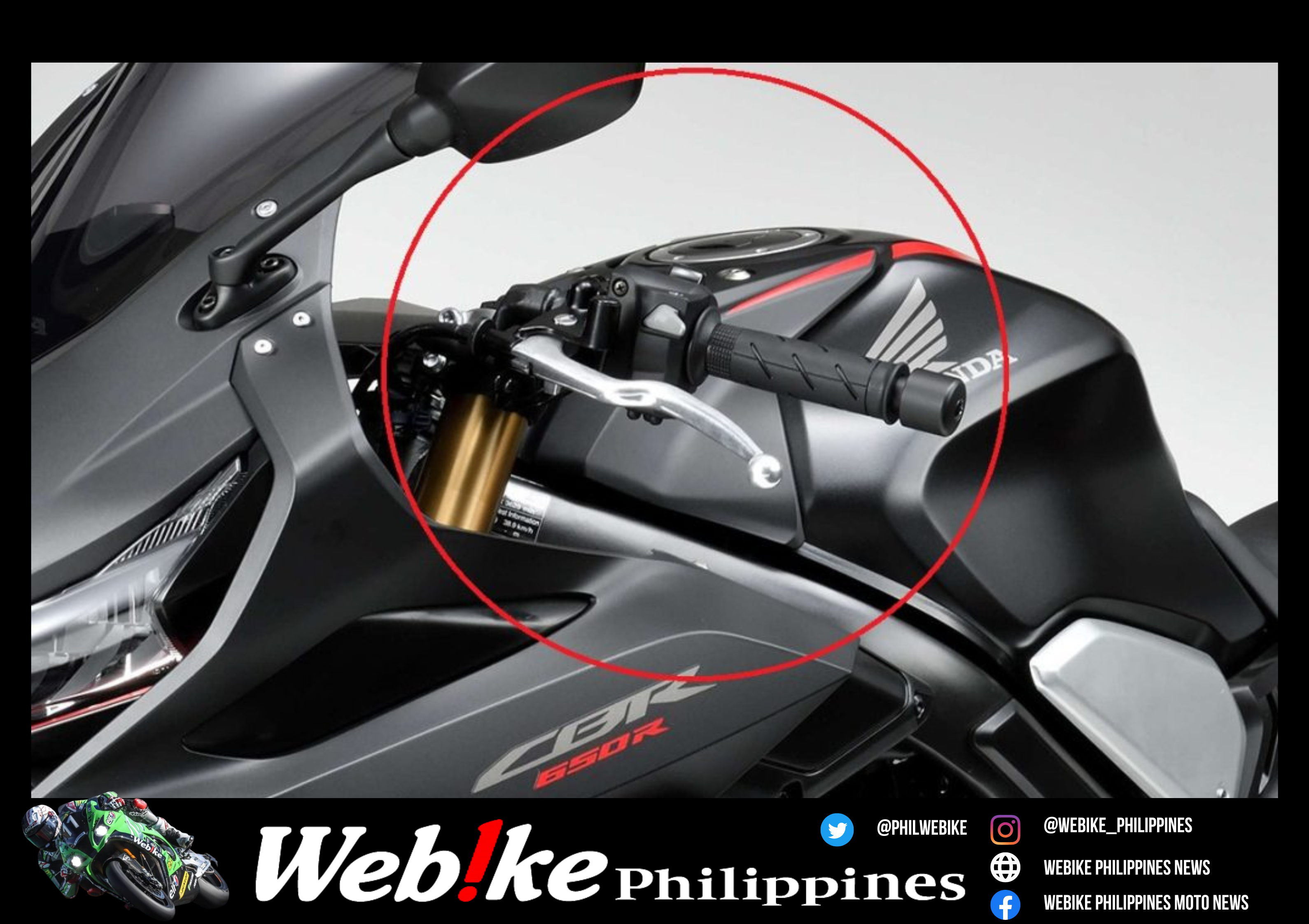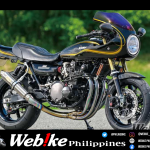Honda is applying for a trademark for an electronic clutch for motorcycles. The advantage of this system is that the lever operation becomes much lighter and can be switched between manual shifting and automatic transmission with clutch lever operation. This magazine predicts that the first model will be introduced in the spring of 2024!
Text: Best Car Editorial Department, Photos: Honda
This article was originally published in Best Car Web on March 31, 2023.
Honda E-Clutch Patent Unveiled
With the exception of scooters, the gear-shifting mechanism of motorcycles is generally manual, using a clutch lever and shift pedal. Although clutches with assist mechanisms that lighten the grip are becoming more common, in some cases it can be tough to hold the lever, especially in heavy traffic where the half-clutch is frequently used.
In this context, Honda appears to be introducing an electronic clutch. The company applied for the Honda Pro Clutch trademark in Japan on November 2, 2022, and the Honda E-Clutch trademark on January 18, 2023, as well as a large number of patents for electronic clutches in 2021-2022.
According to information obtained by this magazine, the name is Honda E-Clutch, and the first model equipped with it will be announced at the fall 2023 show (details to follow).
Currently, motorcycle clutches mechanically transmit inputs from the clutch lever by wire or hydraulic pressure, but electronic clutches convert these inputs into electrical signals.
Until recently, the throttle, like the clutch, was mechanically input by a wire. However, nowadays, "throttle-by-wire" systems are on the rise, in which a sensor on the throttle grip detects the input and operates the throttle body with an electric signal through a wire (electric wire). The electronic clutch is a similar mechanism, which can be described as a clutch-by-wire.

The patent was filed by Honda in March 2019. A piston-like object at the base of the lever generates a reaction force. A rotation angle sensor detects the movement of the lever and sends it as an electrical signal to the clutch.

Drawing of an electronic clutch shown in a published patent. It looks almost identical to a typical clutch, but it uses a sensor to sense input.
Similar to DCT, but with lever operation
This electronic clutch is quite similar to the DCT (dual-clutch transmission).
Honda has been using DCT in motorcycles starting with the VFR1200F in 2010 and has been expanding the number of models that use it. The DCT has an automatic mode and a manual mode. It does not have a clutch lever, but it is possible to shift gears with a button or pedal.
Numerous patents indicate that the electronic clutch is similar to a DCT in terms of usability, although it has a clutch lever and shift pedal.
According to the patent, the electronic clutch is equipped with three control modes: auto mode M1 for automatic control, manual mode M2 for rider manual operation, and manual intervention mode M3 for temporary manual operation.
Auto mode M1 controls clutch capacity using a variety of sensors, allowing the driver to start the car without stalling simply by operating the throttle. The clutch is automatically disengaged at very low speeds, equivalent to idling.
In auto mode M1, the clutch lever can be held to automatically enter manual intervention mode M3, which also allows the clutch to be disengaged at will. Manual operation is also accepted, but the clutch lever must be released completely to return to Auto mode M1.
In the fully manual mode M2, the clutch can be driven without disengaging even at very low speeds. Depending on the lever operation, the car may stall, and automatic start-up by throttle operation alone is not possible. Although automatic clutch control assistance is provided, it is almost the same as conventional clutch operation.
The auto and manual modes can be changed by operating the mode selector switch while the vehicle is stopped.

DCT-equipped bikes like the NC750X do not have a clutch lever and can shift gears with a button as well as an automatic transmission.
With an optional shift pedal, shifting can also be done with the foot.

DCT model of the NC750X. It can be ridden with either an automatic transmission or semi-automatic transmission using a switch on the left hand side, without a clutch lever and pedal.
Easy to use, yet fun to operate.
The first major advantage of the electronic clutch is its lightweight operation. Since no wires or hydraulic pressure are needed, the force required to operate the lever is lighter than before.
Another key point is the extensive rider support functions. Even in manual mode, if the engine speed becomes extremely low and the vehicle is about to stall, the engine speed, vehicle speed, and inertia sensors detect the situation and automatically raise the engine speed to a certain level.
In addition, the clutch connection is optimized according to the situation. On a typical motorcycle, if the clutch is connected while the throttle is wide open, the vehicle will wheelie or shift shocks will increase due to sudden acceleration. Also, sudden braking or excessive engine braking can cause the rear wheel to lock up or lift off.
Even in such cases, the electronic clutch detects the situation and optimizes the clutch connection to ensure smooth drive transmission.
Additionally, there was a description of how to prevent a delay in clutch disengagement when a rider performs a burnout (spinning the rear wheel while applying the front brake while the vehicle is stopped) and then abruptly terminates.
The electronic clutch is not only a great advantage for beginners but is also useful for experienced drivers. It is convenient to select the automatic mode for long distances or when tired, and the manual mode for sports runs and another spirited riding. Honda's ability to combine ease of use with the pleasure of driving is a testament to the spirit of a top manufacturer like Honda.

Drawing from the patent application. Indicates the status of the three modes with lamps on the top of the meter, etc.
The first one will be on the CBR650R and CB650R!
According to sources, the electronic clutch will be installed starting with the 2024 CBR650R and CB650R. The electronic clutch will first be used on the popular parallel four-cylinder sports models that will be widely deployed in Japan and Europe, and is expected to differentiate them from their rivals in the fiercely competitive middle class.
The announcement is likely to be made at the Milano Show or the Japan Mobility Show (formerly known as the Tokyo Motor Show) in the fall of this year, with the 2024 model to be introduced in Japan around spring.
Note that the DCT-equipped model costs +500 USD (approx.) (in the case of NC750X) from the manual transmission. The electronic clutch may also fit for about this much.
It appears that it will first be installed in the middle class, but it is likely to be in high demand in more entry-level classes as well. We look forward to its appearance.


The CBR650R's sibling, the CB650R, is also likely to be equipped with an electronic clutch. It's a modern naked with a single round eye.



